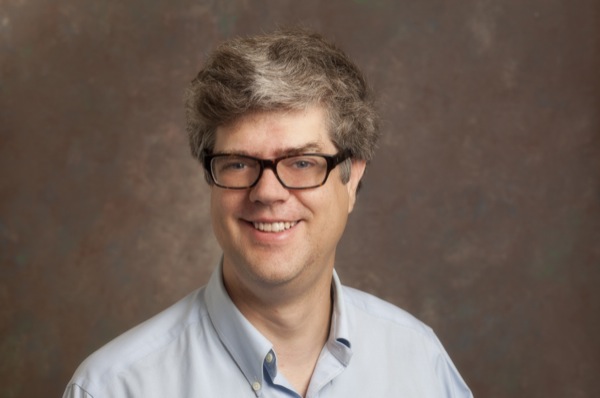
John Gizis
University of Delaware, Newark, Delaware, USA
The Vera C. Rubin Observatory Legacy Survey of Space and Time (LSST)
will measure new photometry and astrometry for objects that are too
faint for Gaia. The Solar Neighborhood Working Group, a part of the
Stars, Milky Way & Local Volume Science Collaboration (SMWLV), will enable the
discovery and study of very-low-mass stars, brown dwarfs, and white
dwarfs within 200 parsecs of the Sun.
See the SMWLV
Roadmap.
Online only:
2024 January 22 Video Recording, 12-3PM EST
2024 January 26 Video Recording, 12-3PM EST
2024 January 29 Video Recording, 12-3PM EST
The Vera C. Rubin Observatory Legacy Survey of Space and Time has unparalleled capabilities to study nearby ultracool dwarfs, very-low-mass stars, and brown dwarfs. This workshop is meant to revitalize the Solar Neighbor Working Group of the Rubin LSST Stars, Milky Way and Local Volume Science Collaboration as we approach First Light for the Observatory. Planned activities:
Christian Aganze (Stanford), Daniella Bardalez Gagliuffi (Amherst), Will Best (Texas), Federica Bianco (Delaware), Jeff Carlin (NOIRLab), Sarah Casewell (Leicester), Yumi Choi (NOIRLab), Kelle Cruz (CUNY), Serge Dieterich (STScI), Trent Dupuy (Edinburgh), John Gizis (Delaware), J. Davy Kirkpatrick(IPAC), Michael Liu (Hawaii), Nicolas Lodieu (IAC), Eduardo Martin (IAC), Aaron Meisner (NOIRLab), Peregrine McGehee (SLAC), Markus Rabus (UCSC Chile), Clare M. Saunders (Princeton), Tom J. Wilson (Exeter), Zhoujian (ZJ) Zhang (UC Santa Cruz)